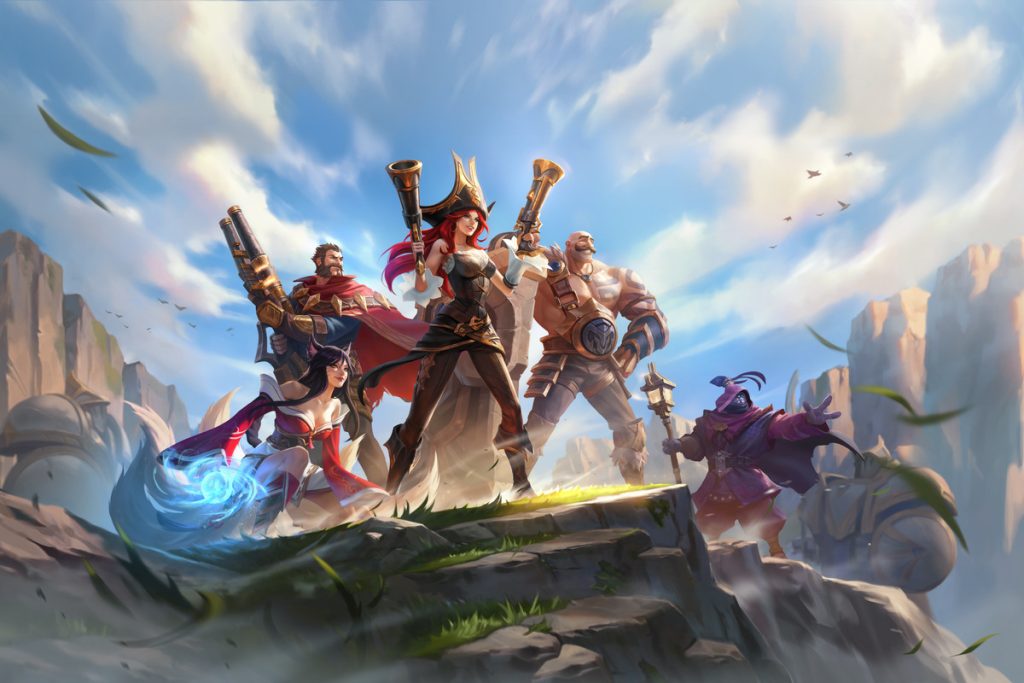With a player base of almost 10 million, League of Legends: Wild Rift is one of the most successful mobile games in the world. This esport features tournaments with hundreds of thousands of dollars in prizes, that you can watch and even bet on if you want. Its player base is as large as that of PC MOBA games like Dota 2 and will only grow bigger as time goes by. Veterans have been playing Wild Rift for almost 6 months and know everything about it. But if you’re new to it, you might need a bit of help with the settings. And that’s exactly what this Wild Rift settings guide is about.
Wild Rift Performance Settings
Even if you have a great smartphone, when playing Wild Rift it is crucial to pick your settings so that performance is optimal. That way, not only will you prolong the amount of time you can play without recharging your battery. You will also, ironically, enhance the quality of your experience. This second benefit is particularly important for those who don’t have the latest gadgets on the market and need to run Wild Rift on more modest devices.
When tweaking your settings, you need to pay attention to the following options:
Shadow Quality
This setting should always be set to Low. And that’s because it has very little impact on your visual experience but still consumes important resources if it’s set on High.
Model Quality
The model quality is much more important than the shadow quality, because it affects the way you see each champion. Therefore, as long as your smartphone permits it, you should always set it to medium. If you go higher than that, it will improve your visual experience only a little but the resource consumption will be much more severe.

60 FPS
This is nice to have but it’s unrealistic. Your smartphone might allow it, but if you’re playing while you’re on the road, the battery consumption will be severe. It’s better to play the game closer to 30 FPS and enjoy it for much longer. In lower-skill brackets, you won’t feel a significant difference.
In higher-skill brackets, where players react much faster and the margin for error is much smaller, you may want to play the game at 60 FPS. However, if you’re at home, make sure your phone is plugged in and charging while playing the game. If you don’t have that option because you’re on the road, one thing that you can do is to bring a power bank with you. If you’re willing to carry 300 – 1 kg more, you can easily get one that offers your phone 3 – 10 full charges, thus allowing you to play for many hours without any worries.
Texture Quality
This setting should also be set to low, because texture affects everything you see on the screen and a medium or high value will consume a lot of resources.
Effects Quality
Effects are a nice part of the game and aren’t heavily used outside of team fights. Therefore, the medium option should be fine.
Resolution
Always set your resolution to medium or high. This is an area in which sacrificing your visual experience isn’t worth it.
Post Processing
This setting would pointless drain your phone’s battery, so you should always set it off. Post processing represents the process of applying filters and effects of an image. And since your main objectives when playing Wild Rift should be performance and prolonged sessions, you really don’t need this.
Floating Text
This is a nice thing to have as a beginner. But the more you know about the game, the less you will need it.
Interface animations
Interface animations make the game feel more alive and as it turns out, don’t really get in the way of performance and battery duration. But if you don’t mind playing with completely static images, you can set it off.
Character Inking
This setting outlines the character models with black lines and is completely unnecessary.
Map Brightness
This depends on personal preference to some degree but most people enjoy having a map brightness of around 67%.
FOW Brightness
Just like the map brightness, the fog-of-war brightness should be around 67%.
Conclusion
Settings in Wild Rift should be selected based primarily on the quality of your device and the intended duration of your playing sessions. The weaker your device and the longer you intend to play the game without recharging your phone, the lower your settings should be.











![How to Unlock Bootloader without PC On Android [2022]](https://cracktech.net/wp-content/uploads/2019/02/unlock-boot.png)